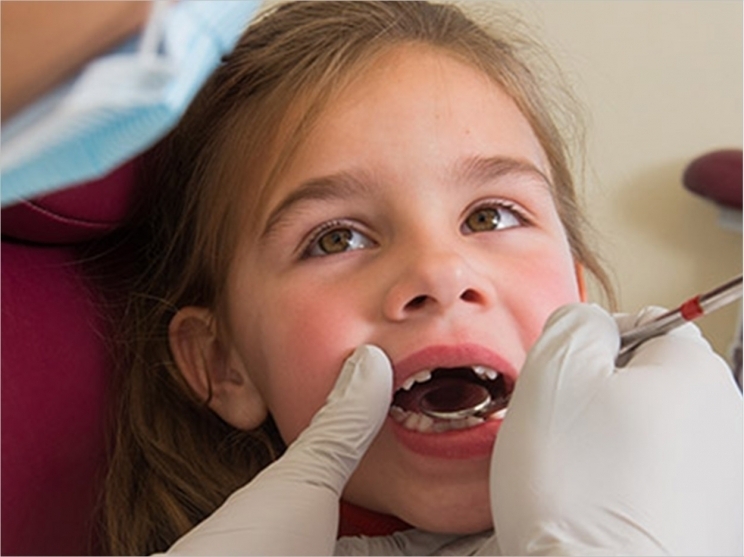
The United Kingdom’s second National Epidemiology survey of the oral health of 3-year-olds shows virtually no change since the first survey in 2013, and members of the British Society of Paediatric Dentistry (BSPD) say they are deeply frustrated by the findings and are calling for more initiatives to drive down levels of tooth decay.
For example, in some of the most deprived areas of the United Kingdom, as many as 27% of 3-year-olds have visible signs of dental decay, compared to a national average of 10%.
“These findings underscore once again that it’s children from lower socioeconomic and particular ethnic groups who suffer the greatest burden of dental decay. The survey is incomplete due to the impact of COVID-19, but I anticipate that a post-pandemic survey would show more concerning results,” said BSPD spokesperson Dr. Claire Stevens.
“Our experience as clinicians is that decay in a significant minority of children is both prevalent and severe. Pitifully, a full clearance of teeth in a 3-year-old is not a rare event, and this is a shocking indictment of our society,” Stevens said.
Stevens stressed the importance of working with managed clinical networks to develop transformational commissioning, also known as flexible commissioning, to deliver targeted prevention to children. A program in Yorkshire and Humber, for example, increased the number of children accessing preventing dentistry, the BSPD said, demonstrating it can work.
Stevens expressed her support for proposed reforms to the GDS dental contract, just announced, with a commitment to:
- Increase incentives to undertake preventive dentistry, prioritize evidence-based care for patients with the most needs, and reduce incentives to deliver care that is of low clinical value
- Improve patient access to National Health Service care, with a specific focus on addressing inequalities, particularly deprivation and ethnicity
“The current contract is not working. Children’s oral health needs to be rethought with new models of care, including the upskilling of primary care colleagues to provide oral health interventions,” Stevens said.
“This is already happening in some parts of the country, but more needs to happen on a greater scale and more urgently,” Stevens said.
Related Articles
New York School-Based Dental Programs to Resume
School-Based Prevention Programs Reduce Cavities by More Than 50%
Pediatric Dentistry Faces the Ultimate Challenge in COVID-19











